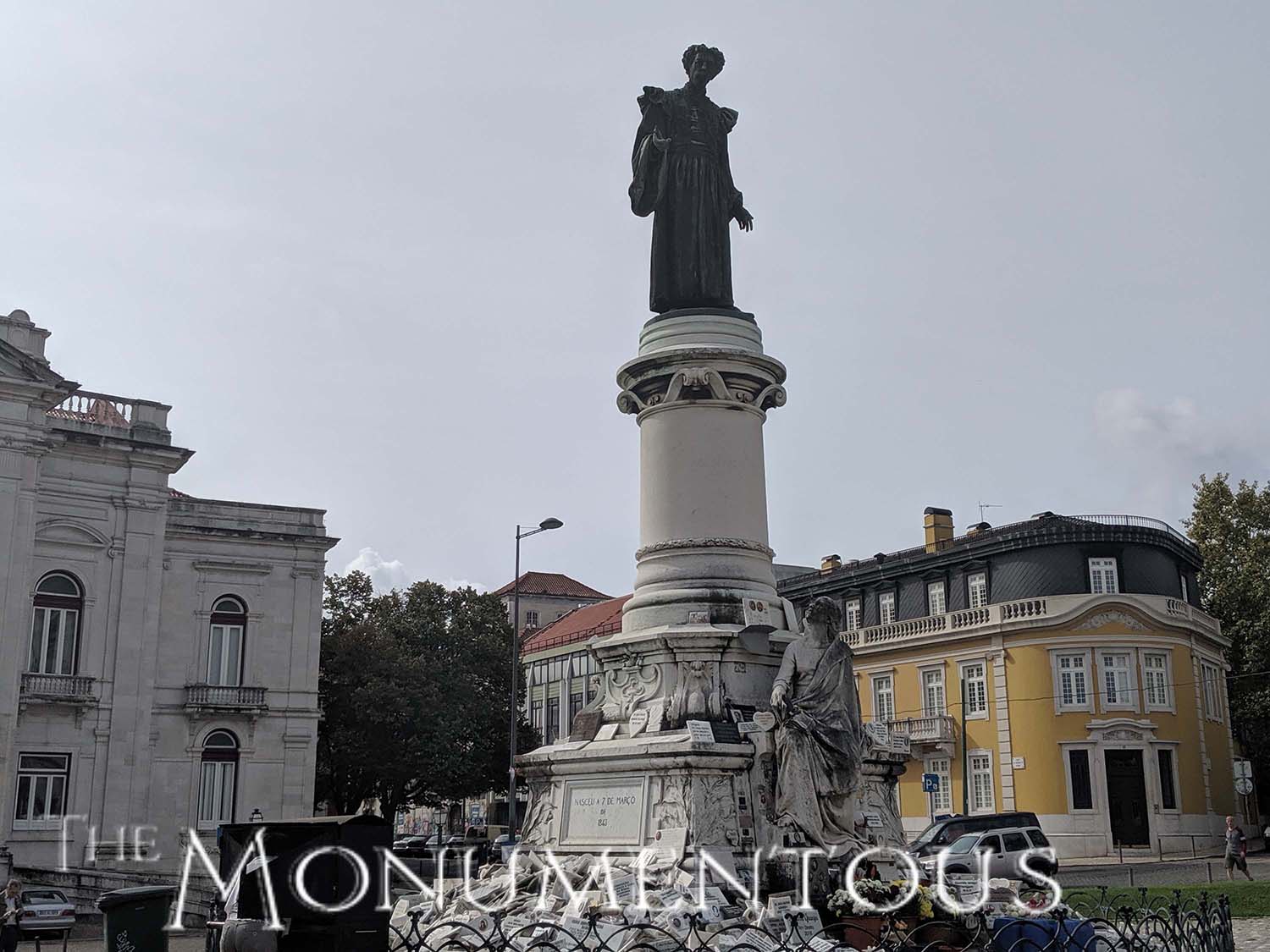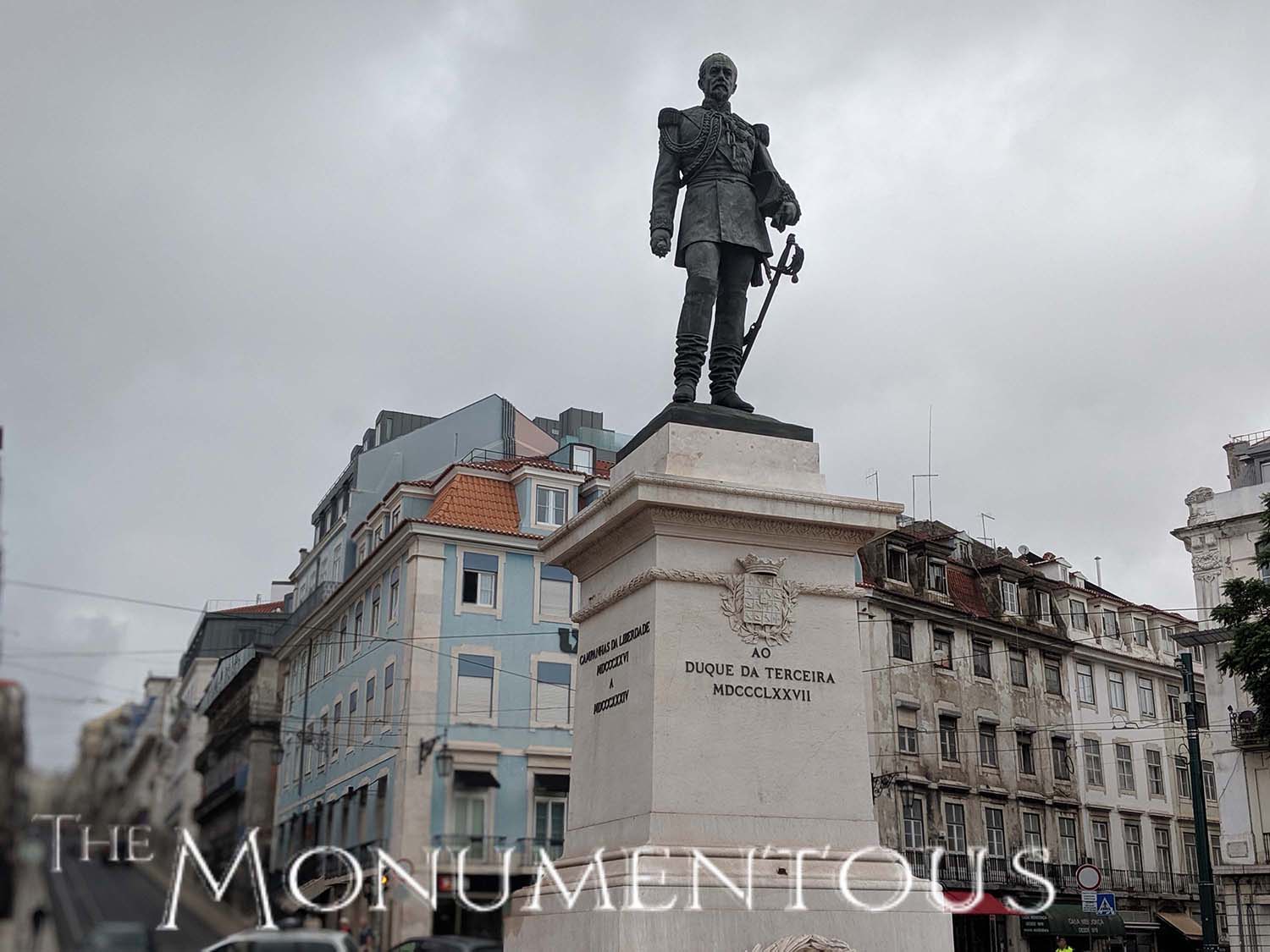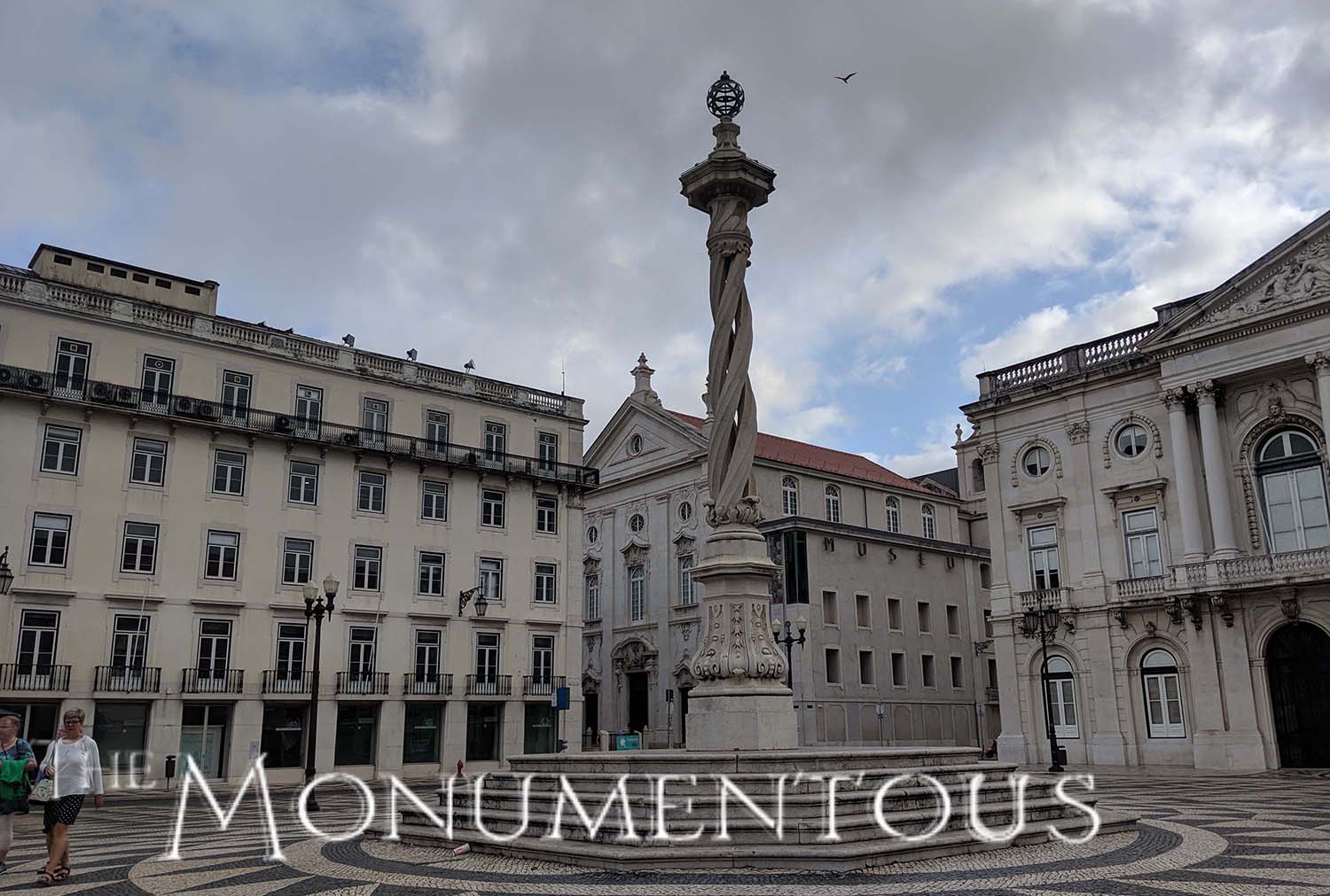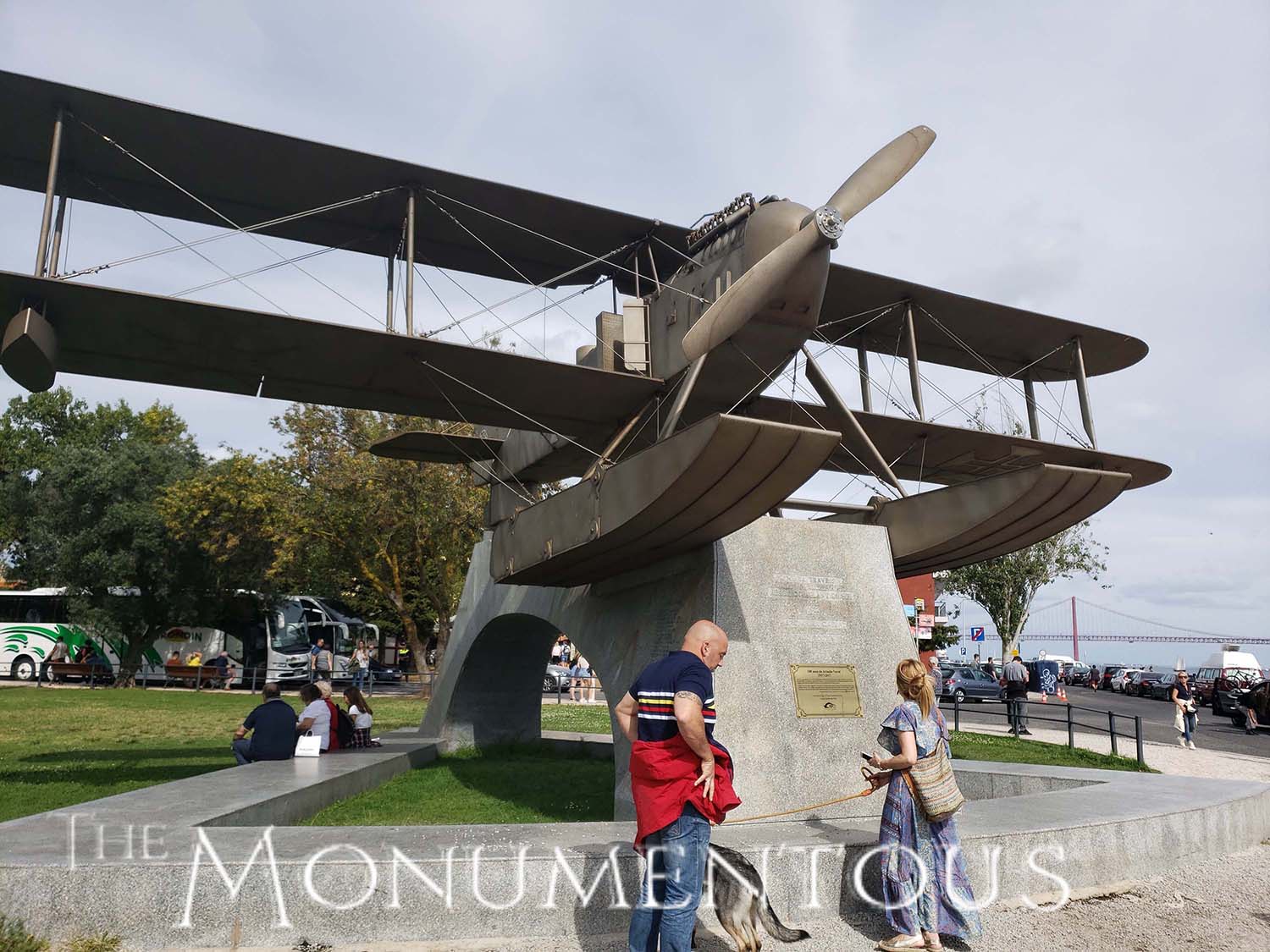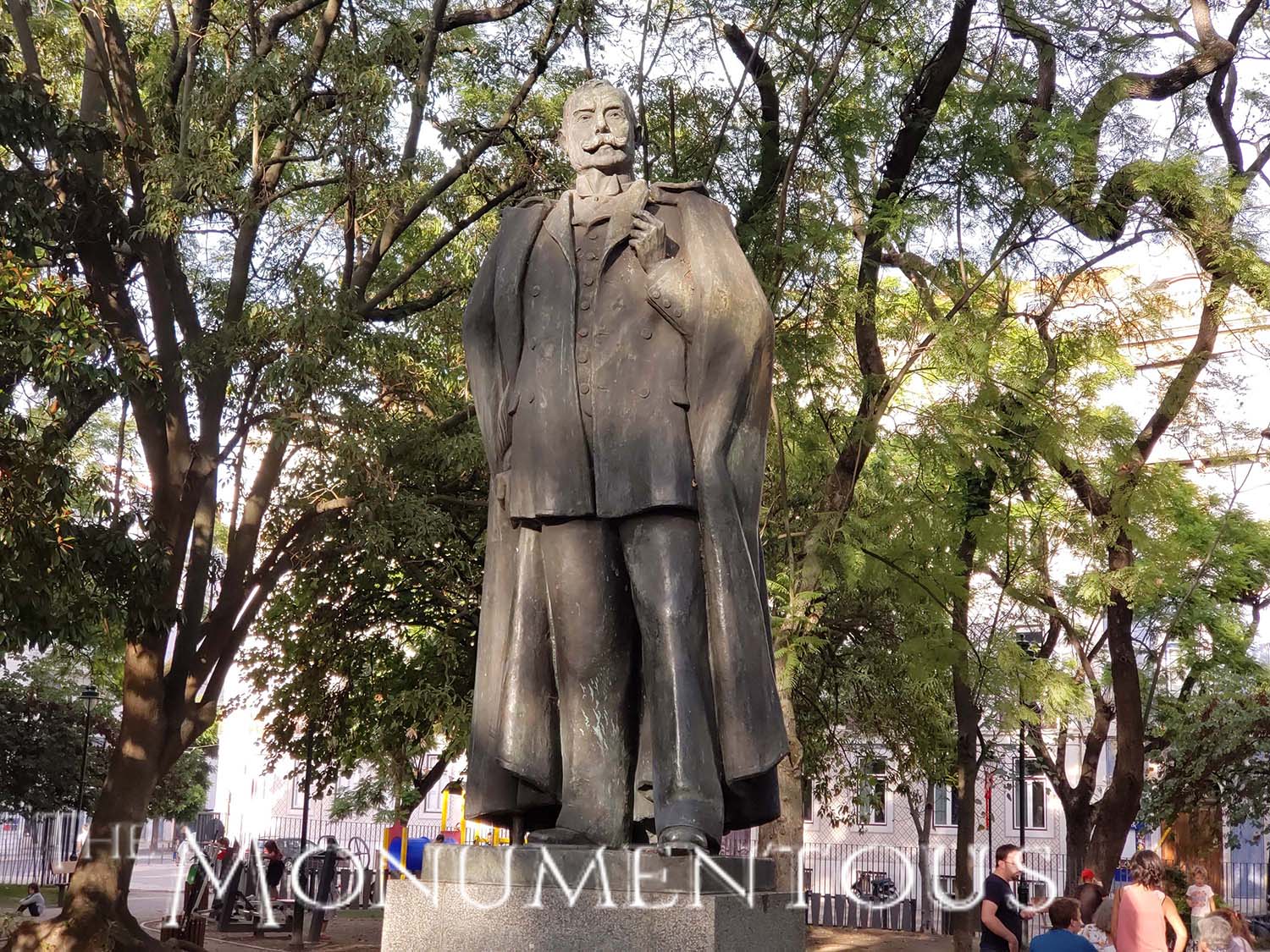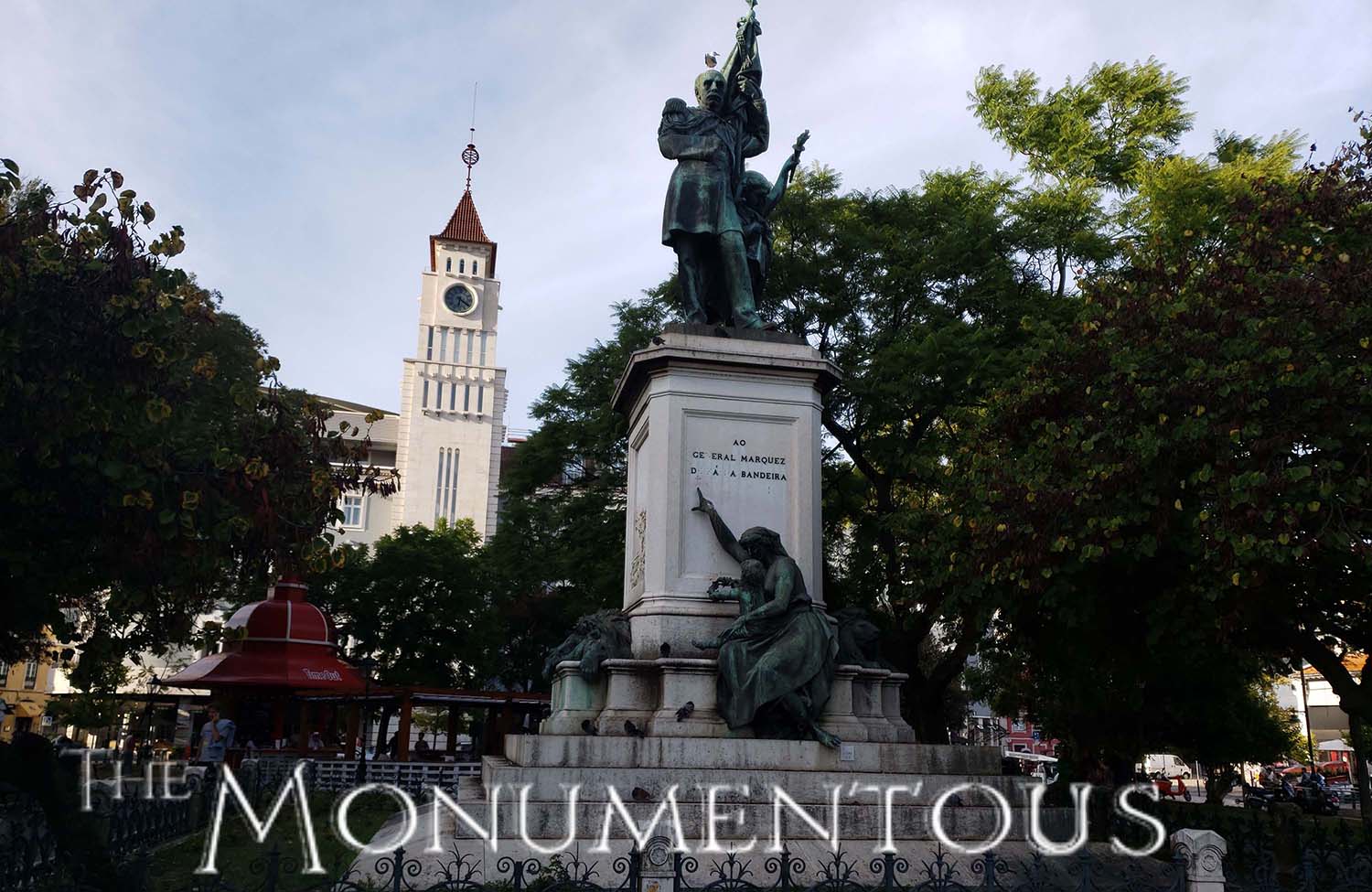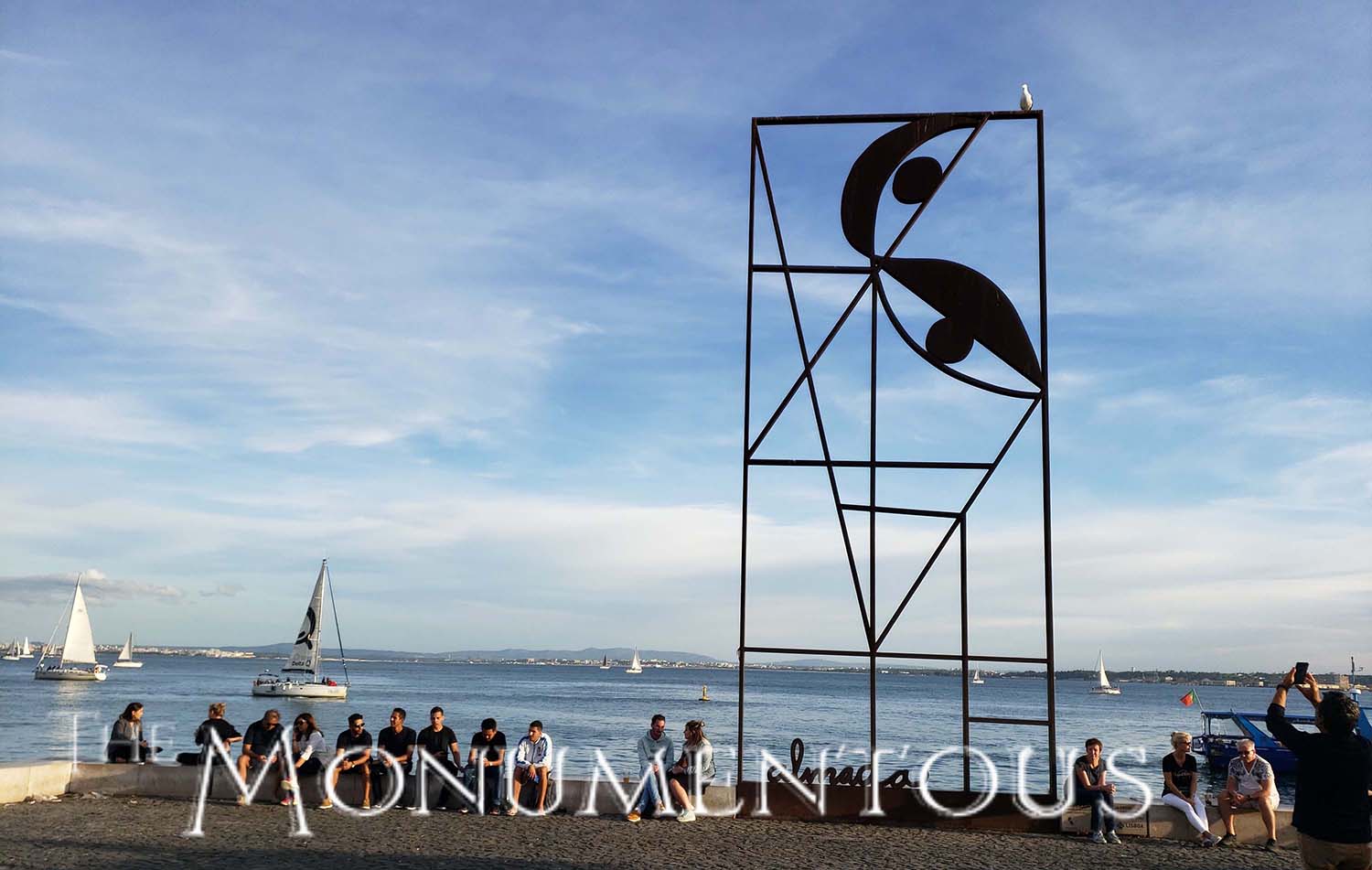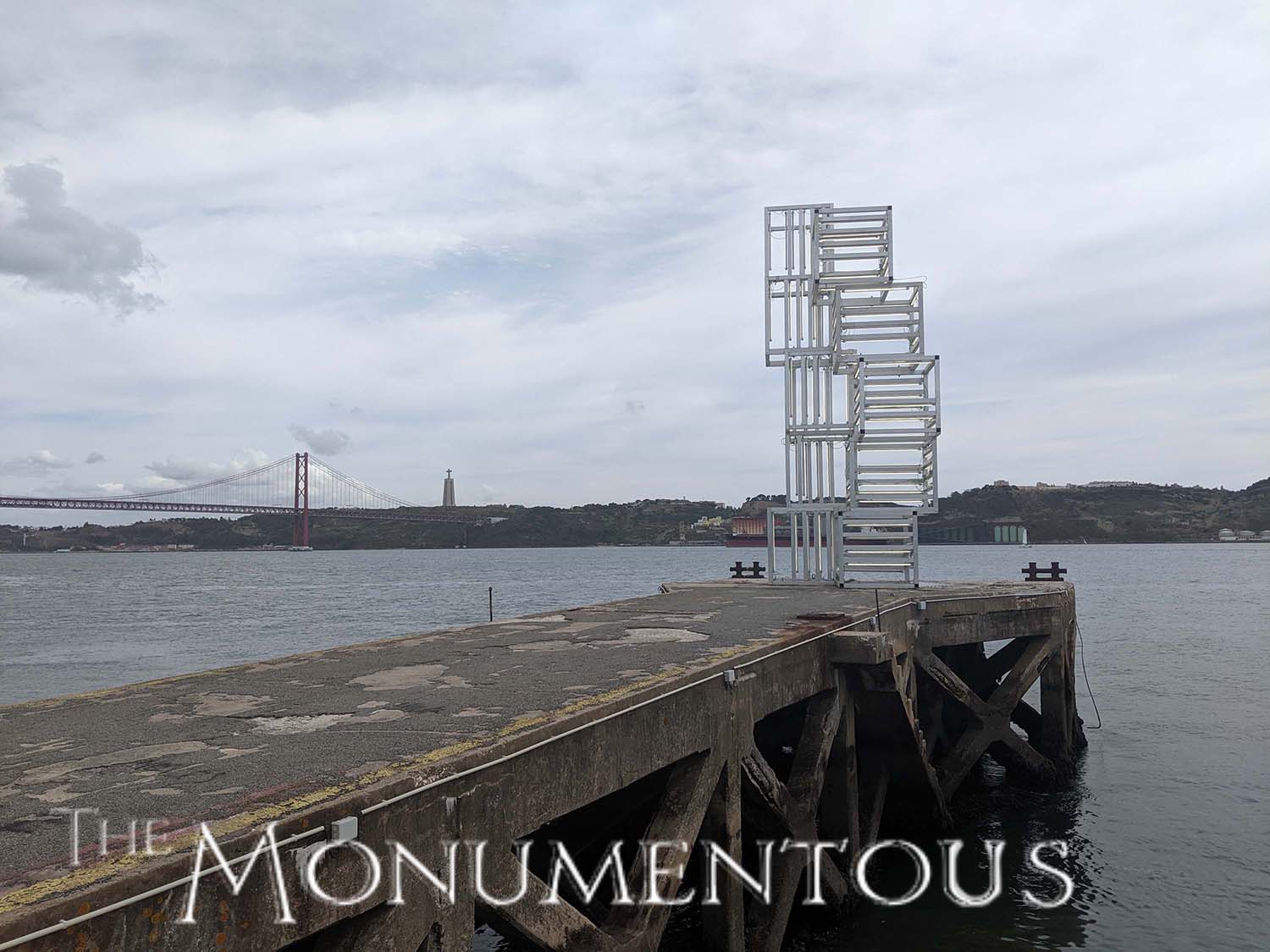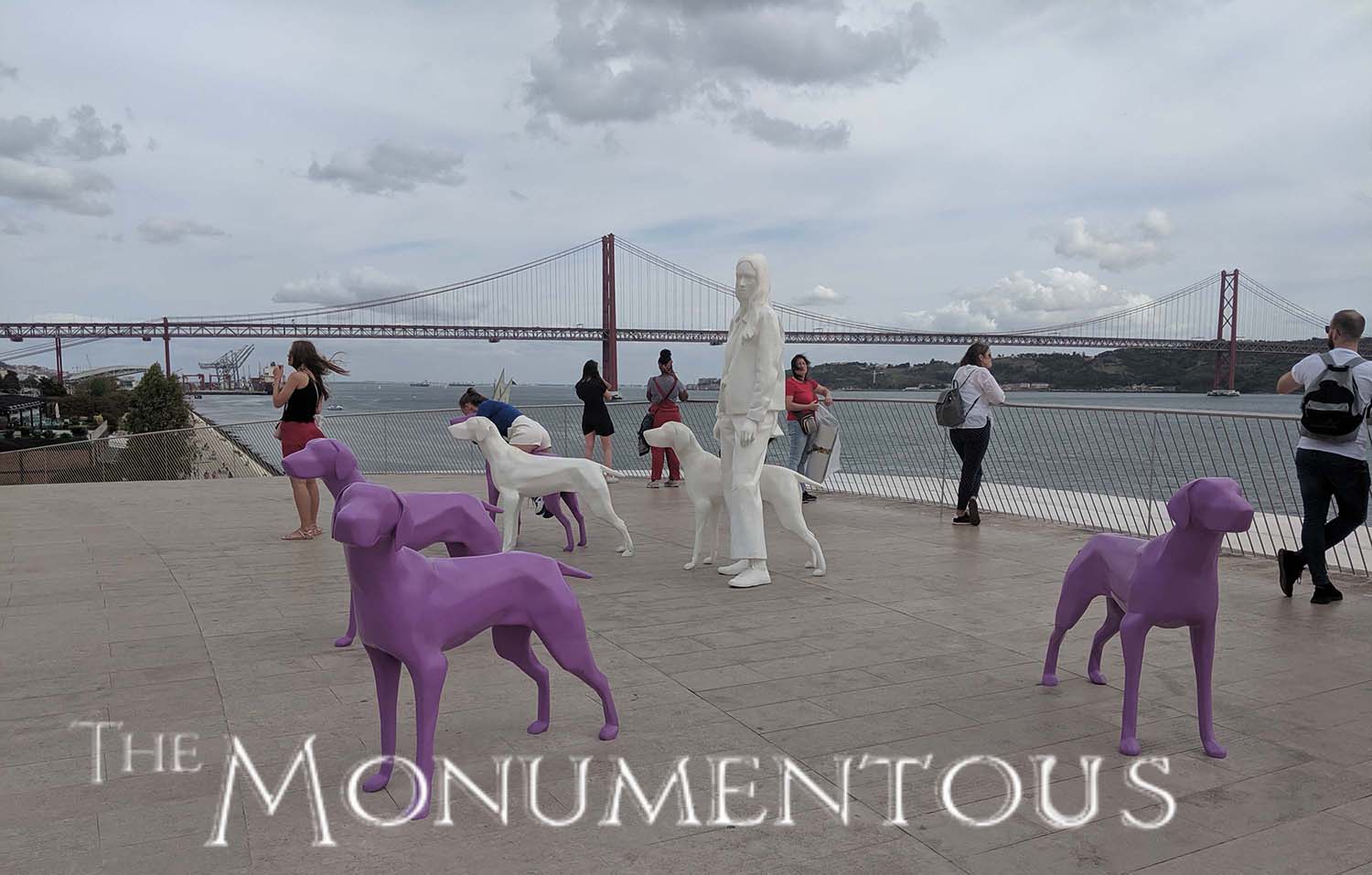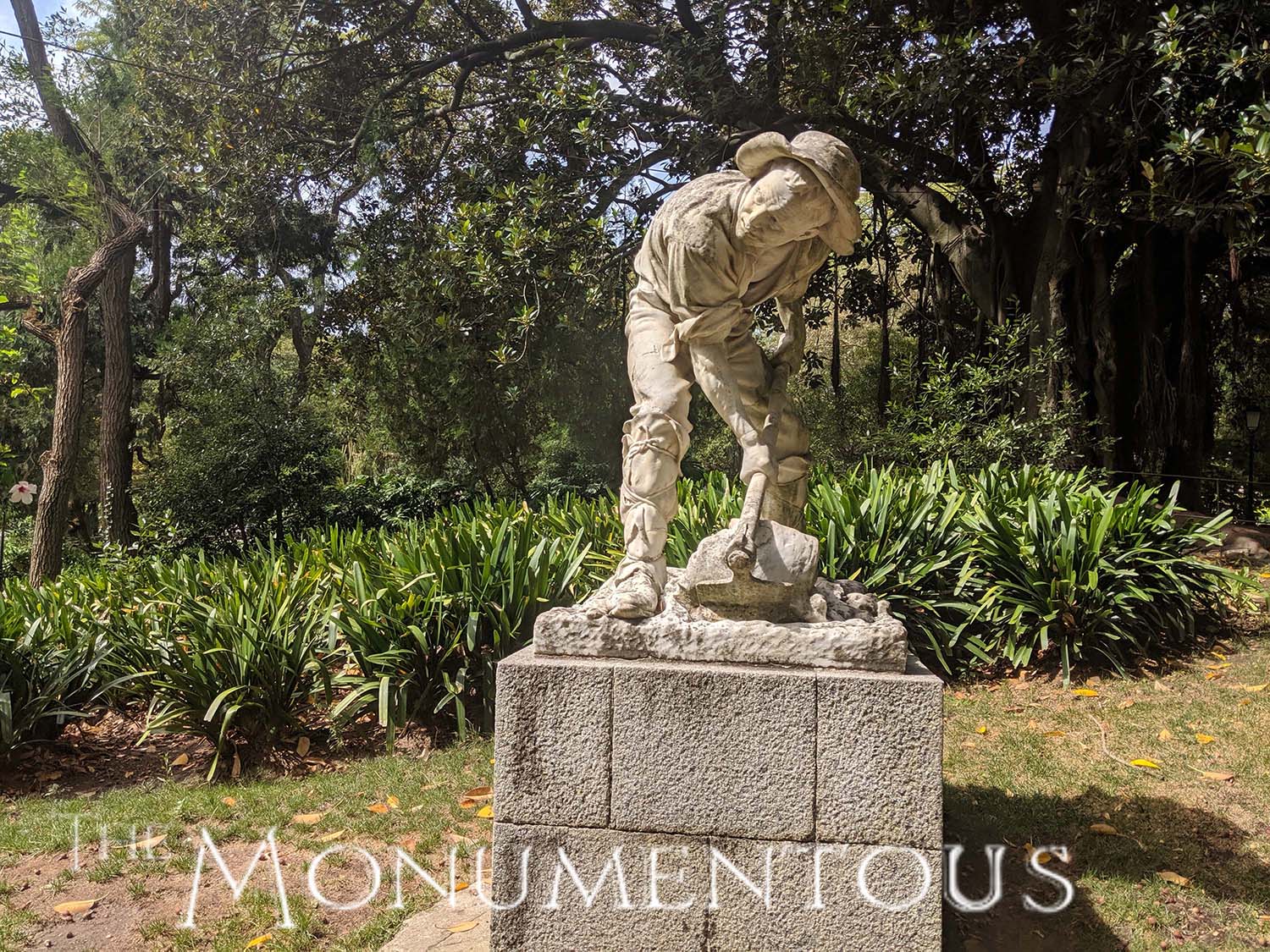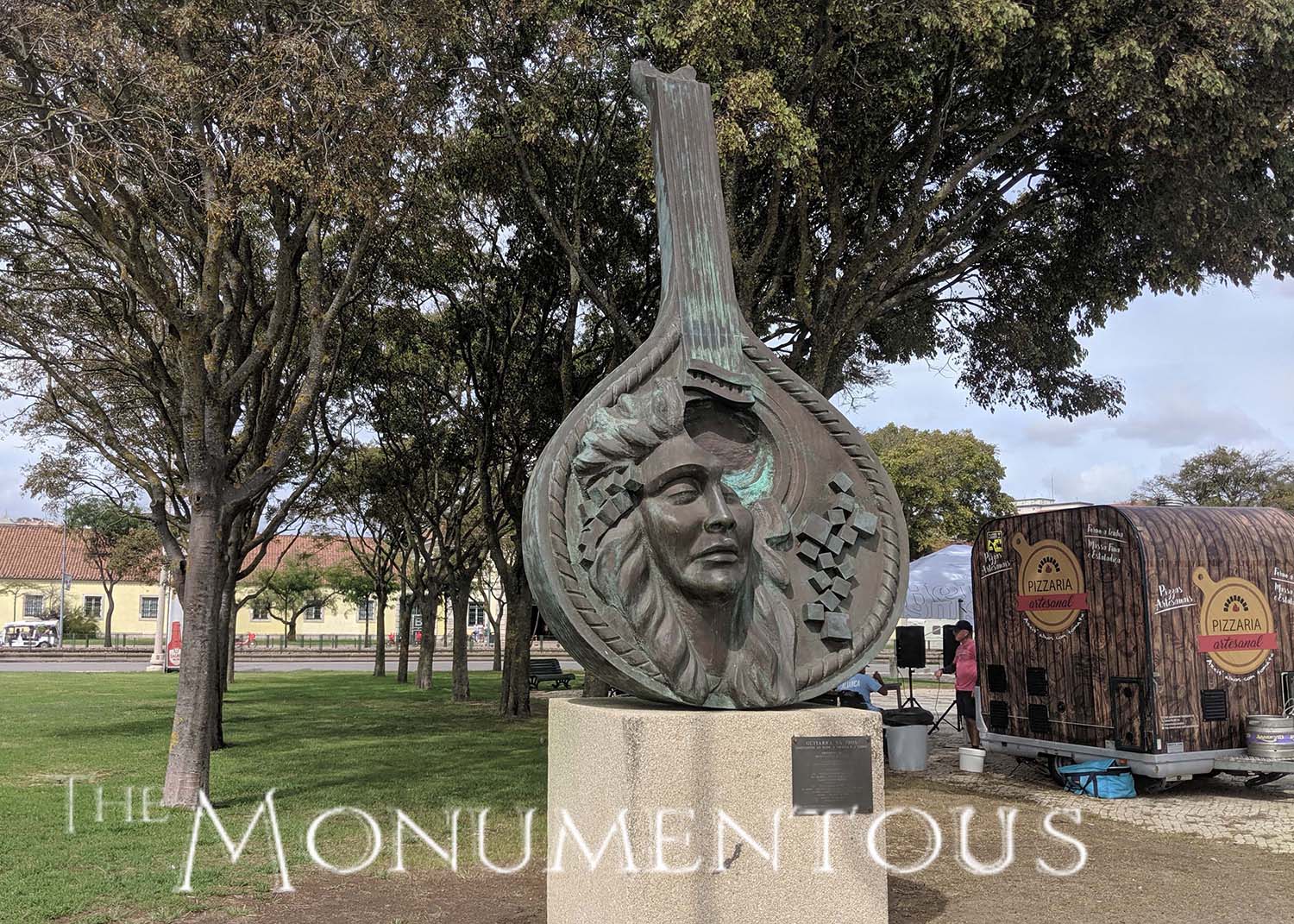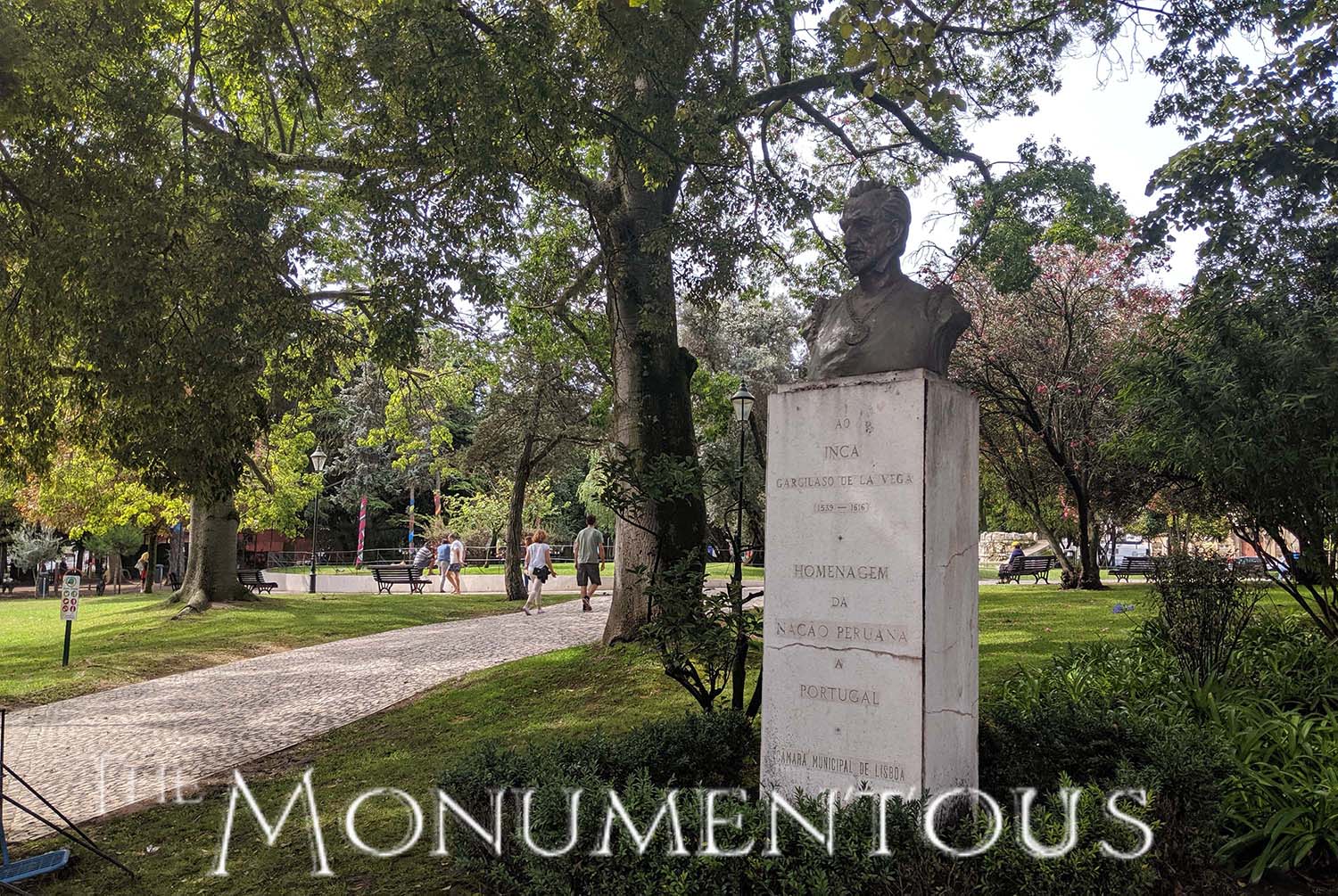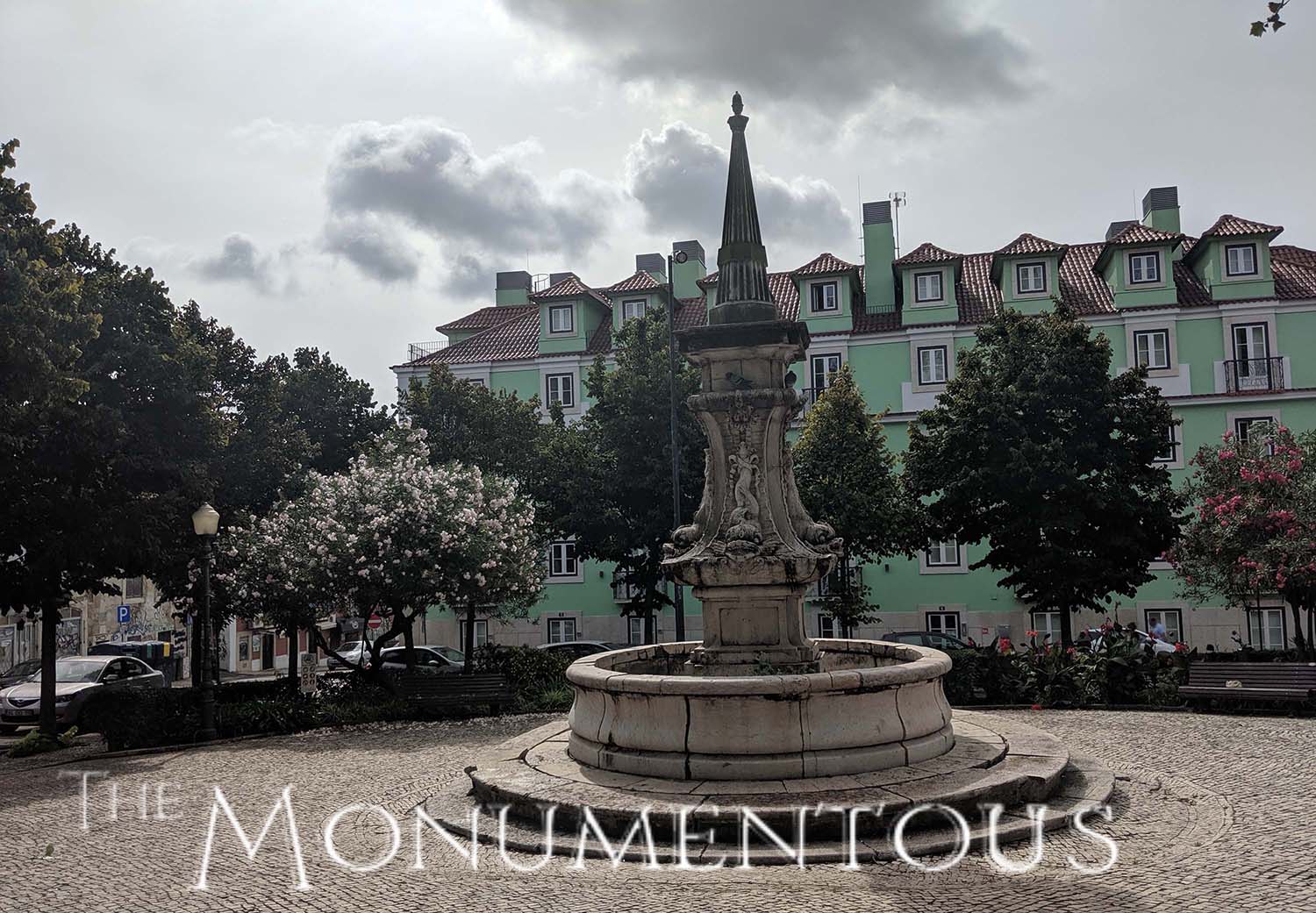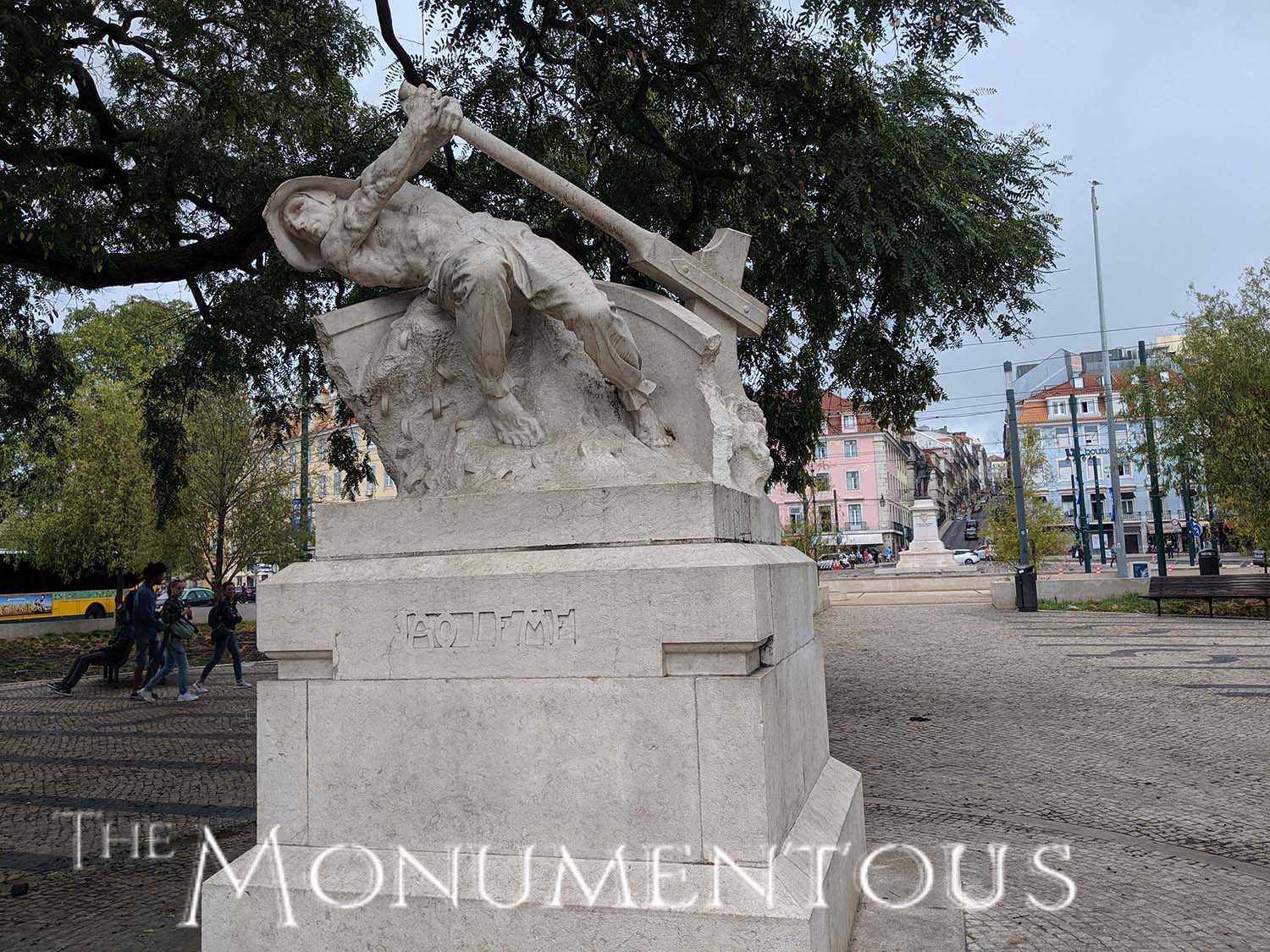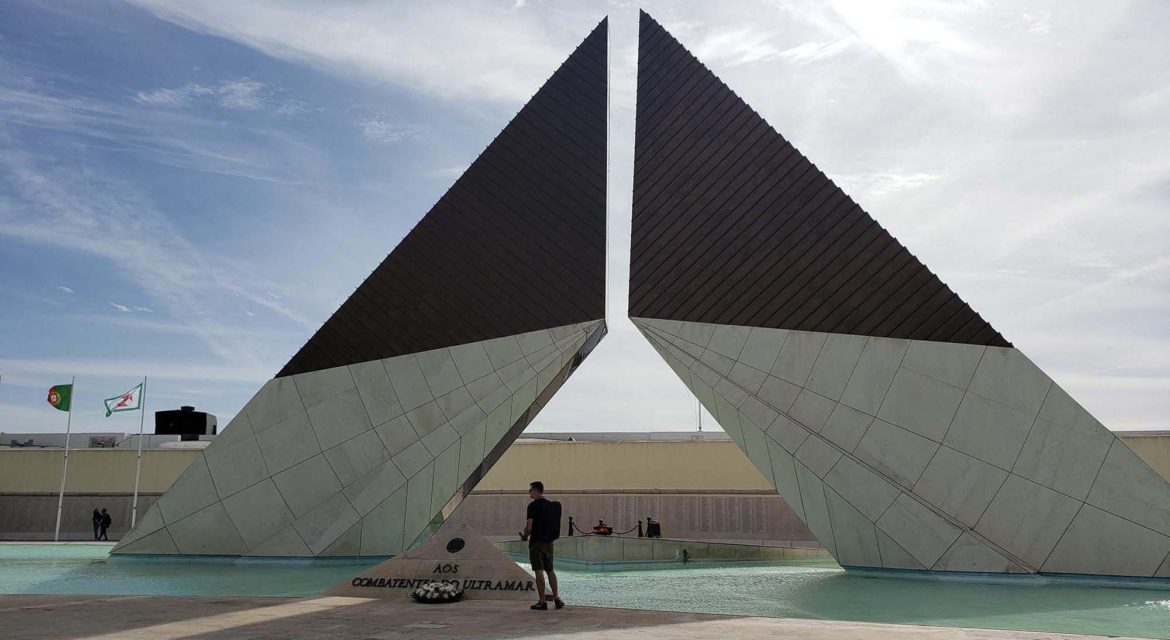 With a history that stretches back for millenia, it’s no wonder that Lisbon, the capital of Portugal, features monuments whose history is tied to different eras of the city and country. The Monument to the Discoveries as well as the landmarks in Rossio Square have especially notable connections to this history, but statues dedicated to individuals that range from Dr. José Tomás de Sousa Martins to Amália (known as the Rainha do Fado) have come to more subtly represent the past of the city while helping to define its future.
With a history that stretches back for millenia, it’s no wonder that Lisbon, the capital of Portugal, features monuments whose history is tied to different eras of the city and country. The Monument to the Discoveries as well as the landmarks in Rossio Square have especially notable connections to this history, but statues dedicated to individuals that range from Dr. José Tomás de Sousa Martins to Amália (known as the Rainha do Fado) have come to more subtly represent the past of the city while helping to define its future.
The Monument To Overseas Combatants of Portugal is dedicated to the people who lost their lives in the Portuguese Colonial War, known in Portugal as the Overseas War. During the conflict that lasted from 1961 to 1974 more than 9,000 Portuguese soldiers lost their lives. Built in 1994, the monument features two black-and-white pillars that rise up and out of the ground to nearly touch. An eternal flame resides directly beneath this empty space.
 One of the most famous monuments in Lisbon is located in the Praça da Figueira, very near the Praça do Comércio. Installed in 1971, it is a large equestrian bronze statue of King João I of Portugal. It features medallions with depictions of the individuals that helped bring João I to power in 1385 and has come to define the otherwise empty square.
One of the most famous monuments in Lisbon is located in the Praça da Figueira, very near the Praça do Comércio. Installed in 1971, it is a large equestrian bronze statue of King João I of Portugal. It features medallions with depictions of the individuals that helped bring João I to power in 1385 and has come to define the otherwise empty square.
The Monument to the Restorers is located located in Restauradores Square, which itself is dedicated to the restoration of the independence of Portugal in 1640, after 60 years of Spanish domination. The monument memorializes this victory and was dedicated in 1886. It features a square stone platform with truncated vertices, on which stand ornate iron streetlights, set on limestone plinths. Two bronze allegorical figures that represent Independence and Victory stand at the top of it.
The Pedro Alvares Cabral Monument monument sits right at the entrance of Jardim da Estrala. It was erected in 1941 by representatives of the navy to honor one of Portugal’s greatest explorers who also discovered Brazil. The monument is a replica of a piece located in Rio de Janeiro.
 These are just a few of the obscure and outstanding monuments that are spread across Lisbon. Other statues and landmarks that can be found up and down various streets and corners have helped both residents and tourists engage with the city in different but equally powerful ways to impact the identity of Lisbon and Portugal as a whole.
These are just a few of the obscure and outstanding monuments that are spread across Lisbon. Other statues and landmarks that can be found up and down various streets and corners have helped both residents and tourists engage with the city in different but equally powerful ways to impact the identity of Lisbon and Portugal as a whole.
